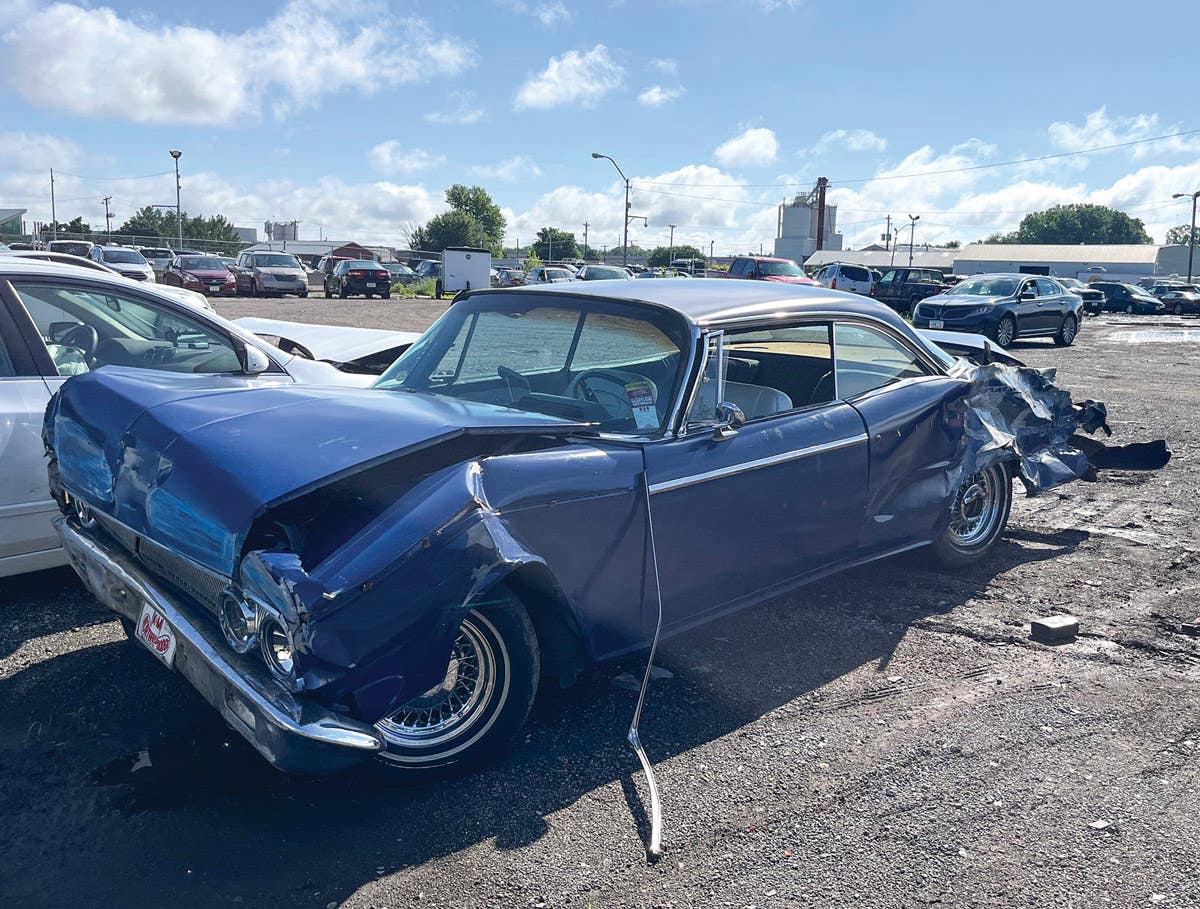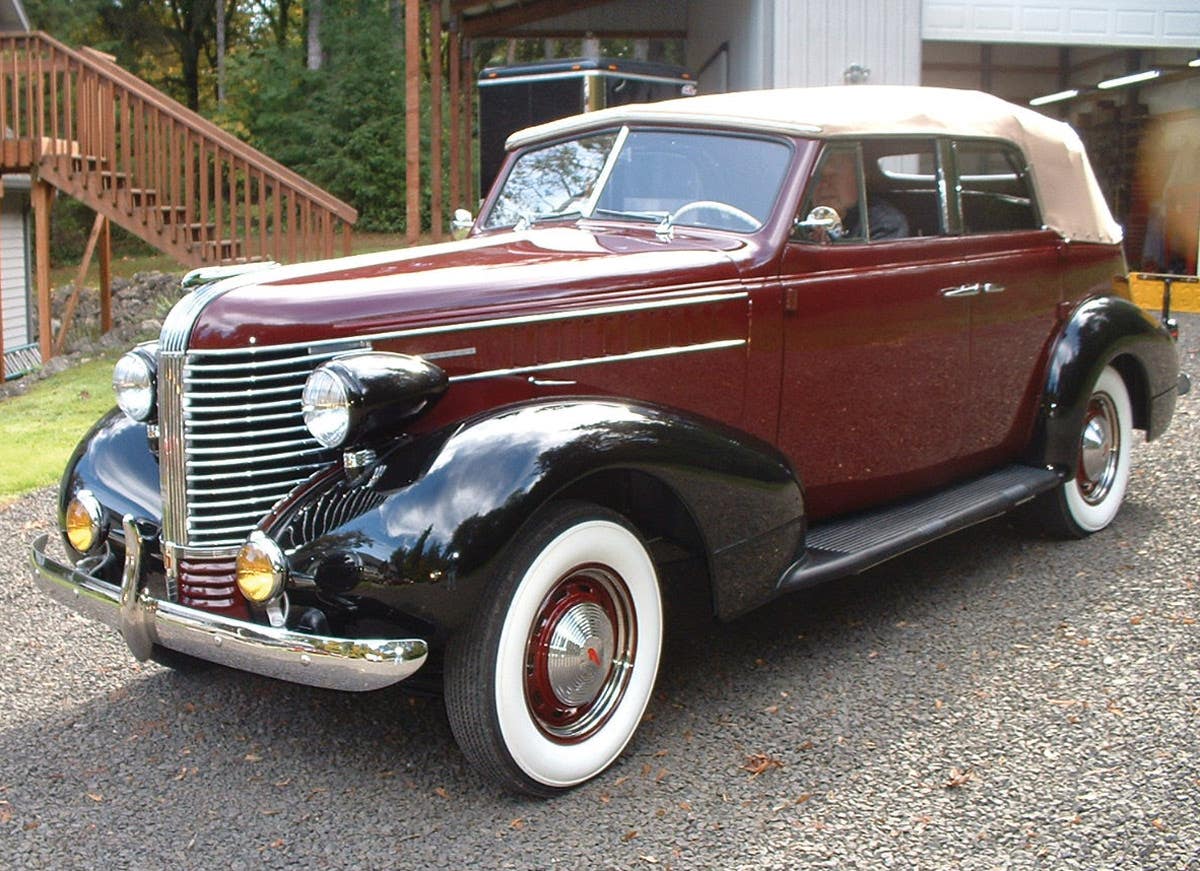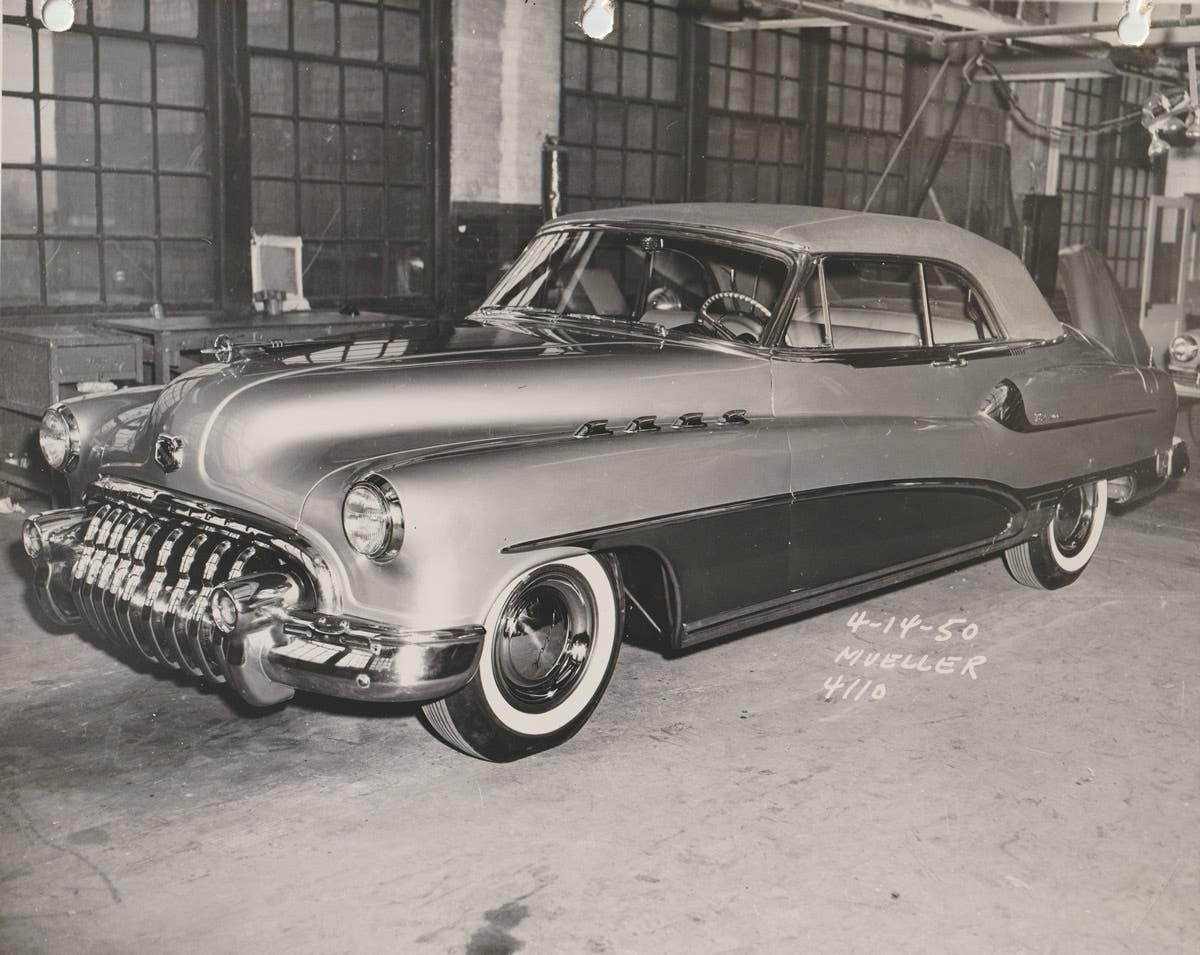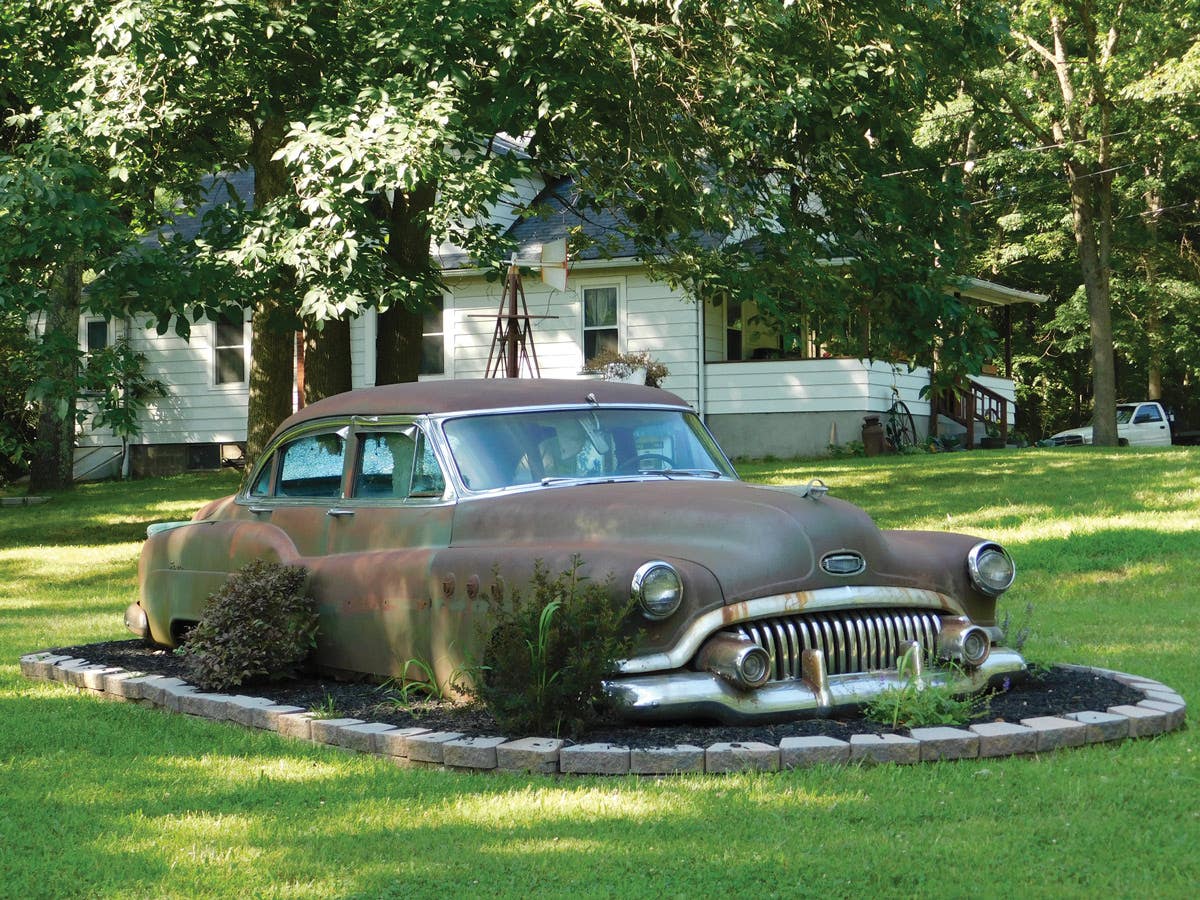Follow the Yellowstone Trail
How could Uncle Charlie in Chicago drive to Aunt Florence in South Dakota for a visit? The Yellowstone Trail traversed 13 northern states — from “Plymouth Rock to Puget Sound.” A century later, much of the route can still be followed — if you know where to look.
By Alice and John Ridge
Yellowstone Trail Association
Wintons chattered, Ford T’s shimmied, Studebaker 6’s swayed and Maxwells were cute. And in 1912, they and all of their counterparts coming out of backyard “shops” were proudly displayed. After scaring pedestrians and horses at their heart-stopping 15 mph on city streets, autoists, as they were called, sought more challenges.
They wanted to travel long distances. But where were the roads to take Easterners to Yellowstone National Park, or even to the next state? How could Uncle Charlie in Chicago drive to Aunt Florence in South Dakota for a visit?
We take Interstates and connected routes for granted today, but at one time, long-distance driving was so rare it rated pictures of the travelers in newspapers. Tires had the life expectancy of a fruit fly, and mud and dust on road and traveler was de rigueur.
Why were there no long-distance roads? The answer is, of course, no money. After the U.S. government built the National Pike from Maryland to Illinois in the 19th century, it gave up road building in favor of supporting railways. Granting great swaths of land to railroad companies worked fine to open the west to settlement. But when the automobile came along at the turn of the 20th century, it beat the railway hands down for convenience, independence and ingenious uses on the farm. A whole new social construct developed.
So if state and federal governments were not building roads, who was? The Good Roads Movement had many state chapters, all pushing for federal aid, but it was the smaller, private groups that actually made progress. The National Old Trails Road Association, picking up where the National Pike left off, extended the road, eventually, to San Diego, beginning in 1912. Part of that route became Route 66 in 1927. The Yellowstone Trail Association (YTA) formed also in 1912, and the Lincoln Highway Association formed in 1913. The time had come for citizen participation in getting those roads constructed.
The Yellowstone Trail traversed 13 northern states, from “Plymouth Rock to Puget Sound,” as the YTA’s motto stated. Its members did not build roads with pick and shovel. They persuaded county governments to put their road tax dollar into one road which met one single road from the next county. Bit by bit, they pieced together a 3,600-mile route. The YTA charged membership dues of individuals and towns along the Trail and, in return, gave them advertising and tourists. The prospect of being on a coast-to-coast highway was so popular that towns fought to pay dues and be on it. One town in Wisconsin even resorted to bribery to “buy” the Trail from a neighboring town.
For 18 years, the Trail flourished and drew 8,000 members who looked after it in their areas. Efforts to remove the Trail failed because it was so famous and popular as a tourist medium, drawing travelers to the Yellowstone National Park and enabling Uncle Charlie in Chicago to visit Aunt Florence in South Dakota.
They marked the Trail with yellow metal signs and a black arrow pointing to the Yellowstone Park. They blobbed yellow paint on rocks and telephone/telegraph poles all along the route. They held races, held “Trail Days” to patch up the Trail for promotion purposes and opened travel agencies.
Then came federal road numbering in 1927 and the Great Depression in 1929. Maps were available directing travelers to numbered highways. No need for yellow colors; no money for memberships. The end of all trail associations. But, to this day, tucked away on back roads in many states, a traveler will find a Yellowstone Trail Street or a Yellowstone Trail Road.
A century later, much of the route can still be followed — if you know where to look. Follow the Yellowstone Trail to explore the countryside and to have an authentic antique car run.
To learn more, visit www.yellowstonetrail.org or contact Yellowstone Trail Association executive director Mark Mowbray at mmowbray@yellowstonetrail.org.
Got Old Cars?
If you don't subscribe to Old Cars Weekly magazine, you're missing out on the only weekly magazine in the car hobby. And we'll deliver 54 issues a year right to your mailbox every week for less than the price of a oil change! Click here to see what you're missing with Old Cars Weekly!
More Resources for Car Collectors:
- Classic car price guides, research, books, back issues of Old Cars Weekly & more
- Get expert restoration advice for your classic car
- Get car pricing, data and history all in one place
- Sign up for Old Cars Weekly's FREE email newsletter
- Need to buy or sell your classic car? Looking for parts or memorabilia? Search our huge online classified marketplace







